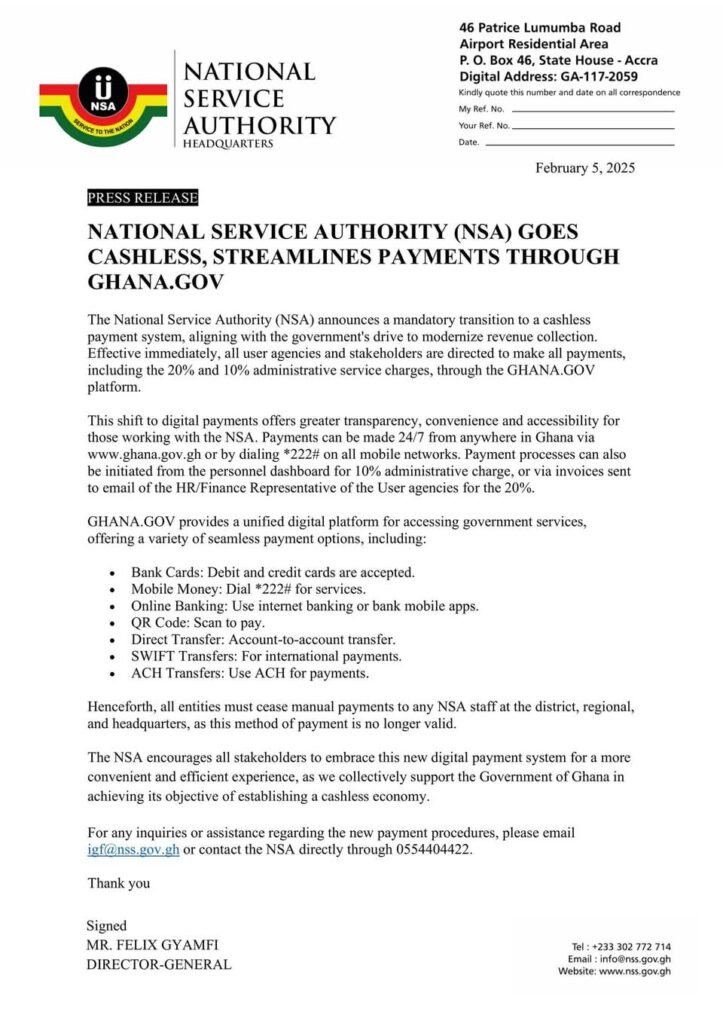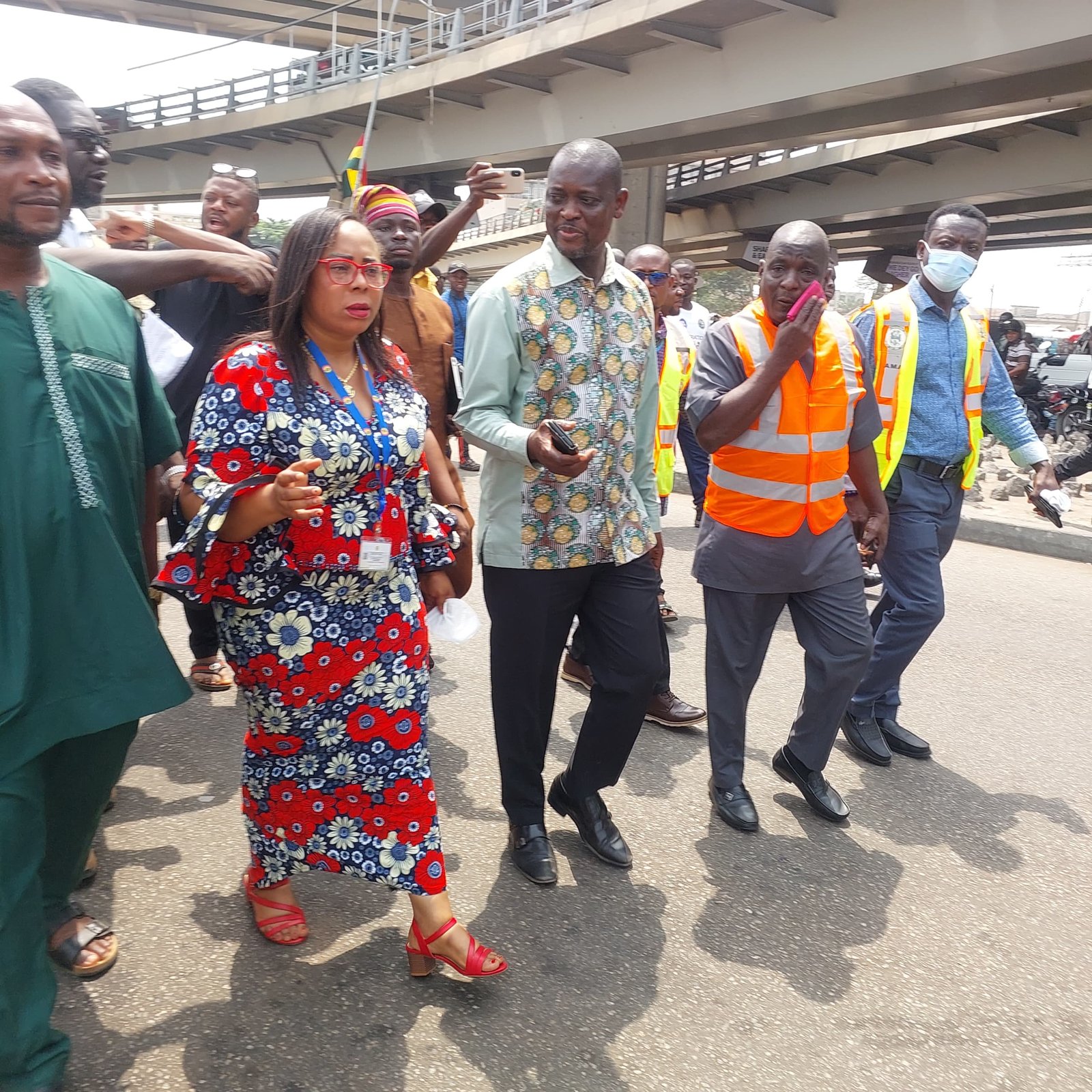News
NASA highlights Ghana’s declining forest reserves

In southwestern Ghana, a patchwork of tropical forest lies among widespread farmland dotted with towns. These forest fragments are remnants of the Upper Guinean forest of West Africa, a biodiversity hotspot that has been diminished by human activity and fires.
Primates, elephants, hippopotamuses, and butterflies are among the thousands of animals that live in the region’s primary forests, which are almost entirely within a network of forest reserves. But satellite images indicate that these protected forest remnants have become even smaller in recent decades.
The false-colour images above, acquired by the Landsat 4 and Landsat 9 satellites, show 12 protected forest reserves and Bia National Park in the Bia-Goaso forest district in 1989 (left) and 2023 (right). The forested canopies of the reserves are dark green, whereas the surrounding landscape is lighter green.
“This area has historically been an important forest habitat for biodiversity, but elephant populations have declined precipitously because of human encroachment and habitat degradation,” said Michael Wimberly, a professor of geography and environmental sustainability at the University of Oklahoma. The photograph below, taken by Wimberly, shows intact forests in a reserve east of the Bia-Goaso region.

Wimberly and a team of researchers in the United States and Ghana used Landsat data to study forest degradation, loss, and recovery in the reserves across Ghana from 2003 to 2019. Although vegetation change was relatively slow from 2003 to 2015, it picked up significantly between 2015 and 2019.
Overall, there was more forest loss and degradation than recovery, resulting in a gradual decline of tree cover.
The drivers of change here are multifaceted, noted Wimberly. In 2016, drought associated with El Niño parched forests and promoted fires across more than 12 percent of Ghana’s moist semi-deciduous and upland evergreen forests. Forest loss was especially prevalent in a reserve known as Bonsam Bepo, south of the city of Goaso.
In a reserve southeast of this image, mining operations contributed to forest loss. In the reserve north of Bia National Forest, widespread logging for timber from 2017 to 2019 led to forest degradation. In other reserves, such as Krokosua (the u-shaped reserve at the bottom of the image), the expansion of cocoa farms has consumed forest. Ghana and neighbouring Côte D’Ivoire produce about two-thirds of the world’s cocoa.
A 2024 United Nations report on the state of the world’s forests highlighted the Forest Data Partnership, an effort to help people in Ghana access remote sensing data to track commodities linked to deforestation and prevent forest loss.
The approach is being field-tested in Ghana and at the joint NASA-USAID SERVIR program’s regional hub for West Africa to help make agricultural production and food systems more sustainable.
Wimberly and colleagues continue to monitor Ghana’s tropical forest landscapes and forest reserves using Landsat data and models to classify the health of forests. Their updated results can be explored in this interactive map.
Source: earthobservatory.nasa.gov
News
National Service Authority goes cashless

The National Service Authority (NSA) has announced a mandatory transition to a cashless payment system.
This initiative aligns with the government’s drive to modernize revenue collection.
In a statement, NSA noted that effective immediately, all user agencies and stakeholders are directed to make all payments,
including the 20% and 10% administrative service charges, through the GHANA.GOV platform.
This shift to digital payments offers greater transparency, convenience and accessibility for those working with the NSA.
By Edem Mensah-Tsotorme
Read the full statement below

News
Greater Accra Regional Minister calls on traders to operate within designated spaces to ease congestion

The Greater Accra Regional Minister, Linda Obenewaa Akweley Ocloo, has called on traders in the city to operate within designated spaces to ease congestion and maintain cleanliness in market centres.
Speaking with traders at the Kaneshie Market on February 4, 2025, during a tour of selected market centres to assess sanitation challenges, reinforce government commitment to address indiscriminate refuse disposal, and improve market conditions, the minister called for collaboration between traders and local authorities to address sanitation and maintain order.
She assured the new government’s commitment to addressing urban challenges and improving market conditions in Accra as part of its broader agenda for a cleaner city.
“We are here to engage you in a conversation about our mission to improve cleanliness in Greater Accra. We are taking into account the conditions of the roads, your problems, and your suggestions. Most walkways have been taken over by traders instead of serving their original purpose, which leads to traffic congestion. We want to understand your challenges so that we can find the best way to assist you,” the Minister stated.
The Minister who was accompanied by officials from the Greater Accra Regional Coordinating Council ( GARCC) led by the Chief Director of the GARCC, Mrs. Lilian Baeka, some staff from the Accra Metropolitan Assembly(AMA) and other sister assemblies in the Region used the opportunity to enquire about the state of waste disposal within the market and the efficiency of refuse collection by the assemblies.
“Does it take long for the refuse to be collected after it is gathered? These are some of the issues we want to address,” she added, inviting traders to share their thoughts.
The President of the Greater Accra Markets Association, Mrs. Mercy Naa Afrowa Needjan who welcomed the minister, expressed gratitude for the visit and assured traders commitment to rally support behind her as a woman in leadership.
”In the market, we face numerous challenges we wish to discuss. There are various groups of traders with some selling at the top, others beneath, while some can be relocated, others should be removed. However, we must follow due process to ensure that people’s livelihoods are not affected. She cannot do it alone, and we are ready to support her efforts,” she stated.
She noted that efforts to regulate trading activities, especially on the Kaneshie overhead footbridge, had proven difficult despite continuous engagements with the police.
Madam Mercy Naa Afrowa Needjan identified street trading as a major concern, explaining that it had significantly affected business inside the main markets.
“Our major problem is those selling outside. Because of them, the market is now dry. Almost everyone has moved onto the streets. They are our brothers and sisters, and we want them inside the market. There are a lot of vacant spaces they can occupy,” she said.
On sanitation, she remarked that significant progress had been made, stressing that previously, the Kaneshie market was associated with rubbish, but the story had changed for good.















